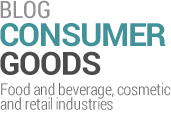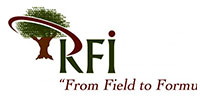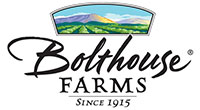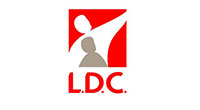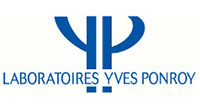
Feeding within the limits of our ecosystem is a key global issue as dynamics are intertwined. Consumers are becoming increasingly aware of environmental concerns, in addition to their social, nutritional and health expectations.
Agri-food and carbon footprint
As the agri-food sector accounts for a significant share of greenhouse gas emissions, climate change policies have made it a priority. Indeed, experts from I4CE (Institute for Climate Economics) estimate that global food demand generates 22% to 37% of greenhouse gas emissions, 63% of which are due to livestock. In France, 19% of emissions come from the transport of goods, 9% from household trips to go shopping.
In an end to the evolution of consumer practices and better consumer awareness, the environmental display of products and longer-term strategies to reduce emissions have emerged. Trials have already been conducted by some actors who have been involved for several years. Any approach to a subject as complicated as greenhouse gas (GHG) emissions deserves to use a detailed analysis of the various posts to see what the axes are to work on.
Setting up the carbon score
In France, the Citizens’ Climate Convention has proposed the introduction of the carbon score on consumer-packaged goods. Depending on the level of accuracy sought, implementation can be more or less complex. In view of the ambitions, the aim is above all to identify products that are particularly impactful for the climate. It would be interesting to start with:
- Inform consumers about the impact of beef consumption and to a lesser extent milk-derived products (fresh milk, yogurt, cheeses, butter).
- Inform and educate the public about CO2-emitting practices, such as heating a greenhouse to offer tomatoes in winter. The end product is the same: a tomato, but the manufacturing process has a significant impact on carbon cost. It also depends on how it is heated. Heating greenhouses to have “organic” tomatoes in winter is certainly more expensive in terms of CO2 than transporting them from Spain, or better not eating them in winter.
- Identifying products from afar: coffee can be a good example, with a carbon cost that can double depending on its cost of production, its delivery to France, its distribution, in an aluminum pod for example, its recycling (or not).
The CO2 score depends on a multitude of data that range from digital invoice, heating, packaging, fertilizer use, transport etc., and is carried out from an analysis on the product life cycle of the product/packaging.
Carbon score impacts for manufacturers
Like the Nutri-Score, the carbon score aims to facilitate responsible buying and thus inform the consumer. To do so, it will be placed on the packaging in order to be visible, which will impact the creation of packaging. But it will also have consequences for the choice of materials of the packaging since the packaging itself emits emissions. Glass and plastic do not have the same carbon score, for example.
As the calculation of the carbon score takes into account the impact of transport, the choice of suppliers will be impacted by the establishment of such an index. Points such as the supplier’s distance from the production or manufacturing site, the type of transport used, the energy consumed, etc. will be included.
In order to make the best choices, manufacturers will need to have tools to analyze all product data over its entire life cycle. PLM solutions perfectly meet this need. All information, documents and data (from raw material specifications to the production process through formulation and packaging) about a product are stored in a single repository. Teams always have access to information, can make simulations based on their criteria of interest and make informed decisions.
